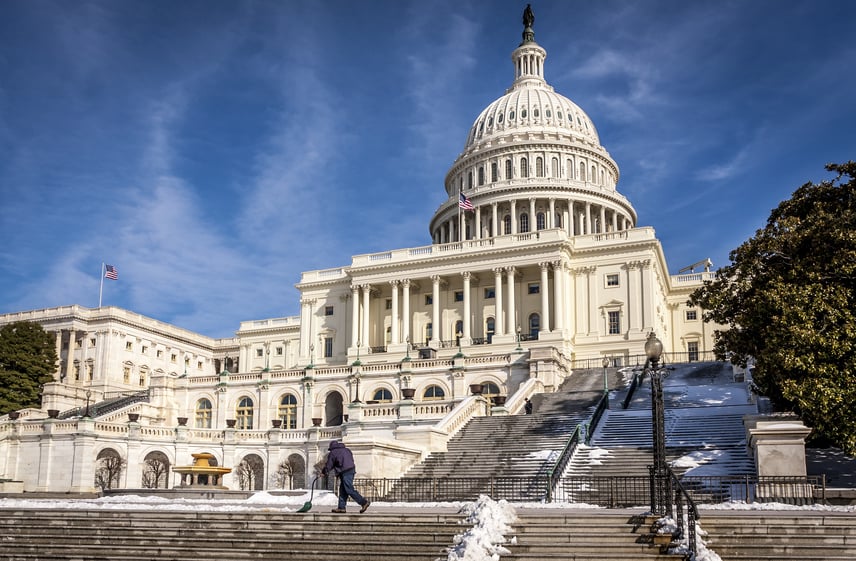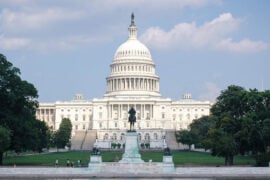On August 11, 2020, US Customs and Border Protection (CBP) published in the Federal Register a general notice [CBP Dec. 20-15] that notifies the public that, in light of the President’s Executive Order 13936 on Hong Kong Normalization, issued on July 14, 2020, suspending the application of section 201(a) of the United States-Hong Kong Policy Act of 1992 to the marking statute, section 304 of the Tariff Act of 1930 (19 U.S.C. 1304), with respect to imported goods produced in Hong Kong, such goods may no longer be marked to indicate “Hong Kong” as their origin, but must be marked to indicate “China.”
The new position is applicable as of July 29, 2020. However, a transition period of 45 days will be granted for importers to implement marking consistent with this position for imported goods produced in Hong Kong. Such goods, when entered or withdrawn from warehouse for consumption into the United States after September 25, 2020, must be marked to indicate that their origin is “China” for purposes of 19 U.S.C. 1304. Failure to mark an article in accordance with the requirements of 19 U.S.C. 1304 may result in the levy of a duty of ten percent ad valorem.
19 U.S.C. 1304 provides that, unless excepted, every article of foreign origin (or its container) imported into the United States shall be marked in a conspicuous place as legibly, indelibly, and permanently as the nature of the article (or its container) will permit, in such a manner as to indicate to the ultimate purchaser in the United States the English name of the country of origin of the article. 19 C.F.R. Part 134 implements the country of origin marking requirements and exceptions of 19 U.S.C. 1304.
On June 5, 1997, immediately prior to the handover from Great Britain to the People’s Republic of China (China), the US Customs Service (CBP’s predecessor agency) issued a Federal Register notice that goods produced in Hong Kong should continue to be marked to indicate their origin as “Hong Kong” under 19 U.S.C. 1304 after Hong Kong’s reversion to the sovereignty of China on July 1, 1997. See 62 FR 30927 (June 5, 1997).
Subsequently, CBP posted Frequently Asked Questions – Guidance on Marking of Goods of Hong Kong – Executive Order 13936 on its website. The FAQs state that:
- Goods that are not marked properly after the transition period may be brought into a Foreign Trade Zone to be properly marked under a permit to manipulate issued by the Port Director.
- Similarly, goods which are improperly or falsely marked may be brought into an FTZ under a permit to manipulate to correct or remove such marking so as to comply with the laws and regulations (19 CFR 134.13(b)).
- The change in marking requirements does not affect country of origin determinations for purposes of assessing ordinary duties under Chapters 1-97 of the HTSUS or temporary or additional duties under Chapter 99 of the HTSUS. Therefore, goods that are products of Hong Kong should continue to report International Organization for Standardization (ISO) country code “HK” as the country of origin when required.
- This rule only applies to marking requirements under 19 U.S.C. 1304. Entry summary procedures have not changed. Filers should continue to file their entry summaries and duty payments according to current regulation and policy.
- CBP’s FRN affects marking requirements not country of origin. There is no change with regard to the Outward Processing Arrangements (OPA).



